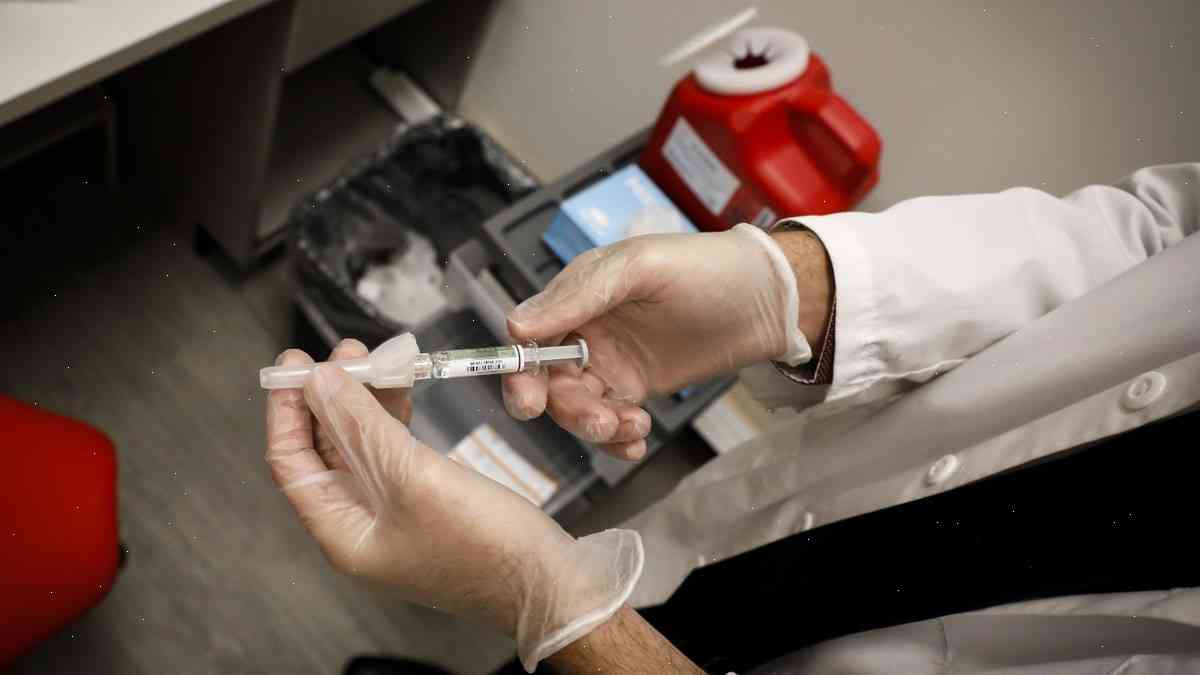Respiratory viruses, like RSV and flu, are a major problem this year and here’s what we need to do about it.
An increasingly common concern for healthcare workers this year will be the high prevalence of respiratory viruses around the world.
However, the current season so far, which started in January, has not only been very unusual, but, as of last week, the season has peaked, with the total number of cases reported (official or not) as a whole now standing close to one million, according to a new report from the Centers for Disease Control and Prevention (CDC).
And this month, the World Health Organisation (WHO) has declared the H1N1 flu virus a global health emergency; the last time the outbreak was declared a public health emergency of international concern was in 2013.
At the beginning of the outbreak in the US, one in every six hospital patients needed oxygen, and one in five needed ventilators.
Healthcare providers say the new virus is more harmful than the flu, and that they need to be more vigilant.
“I am concerned about the viruses that are spreading around the world. I am not saying it is a major risk. I am saying I’m concerned,” says Dr. Christopher Wartman, who heads the University of Minnesota School of Medicine’s pandemic influenza program. “I have been doing the pandemic and seasonal flu work for 30 years. I know the risk of severe consequences of influenza is not 100%, but if I could have the flu just once or twice in my lifetime, the risk is much lower.”
But the threat is real.
“We have a severe influenza season right now; we have the highest number of influenza cases and deaths of any in recorded history,” says CDC assistant director of the National Center for Immunization and Respiratory Diseases Dr. Amy B. Foulkes.
“And, just like with most viruses, the risk to the public is low. The good news is that there is no vaccine that’s available yet to protect against this particular virus. And the good news is that, as it spreads, the health care workers in the hospital and at home are the first line to treat and control the disease.”
While it is an ongoing threat the CDC says all public health measures, including vaccinations and hand washing, will

